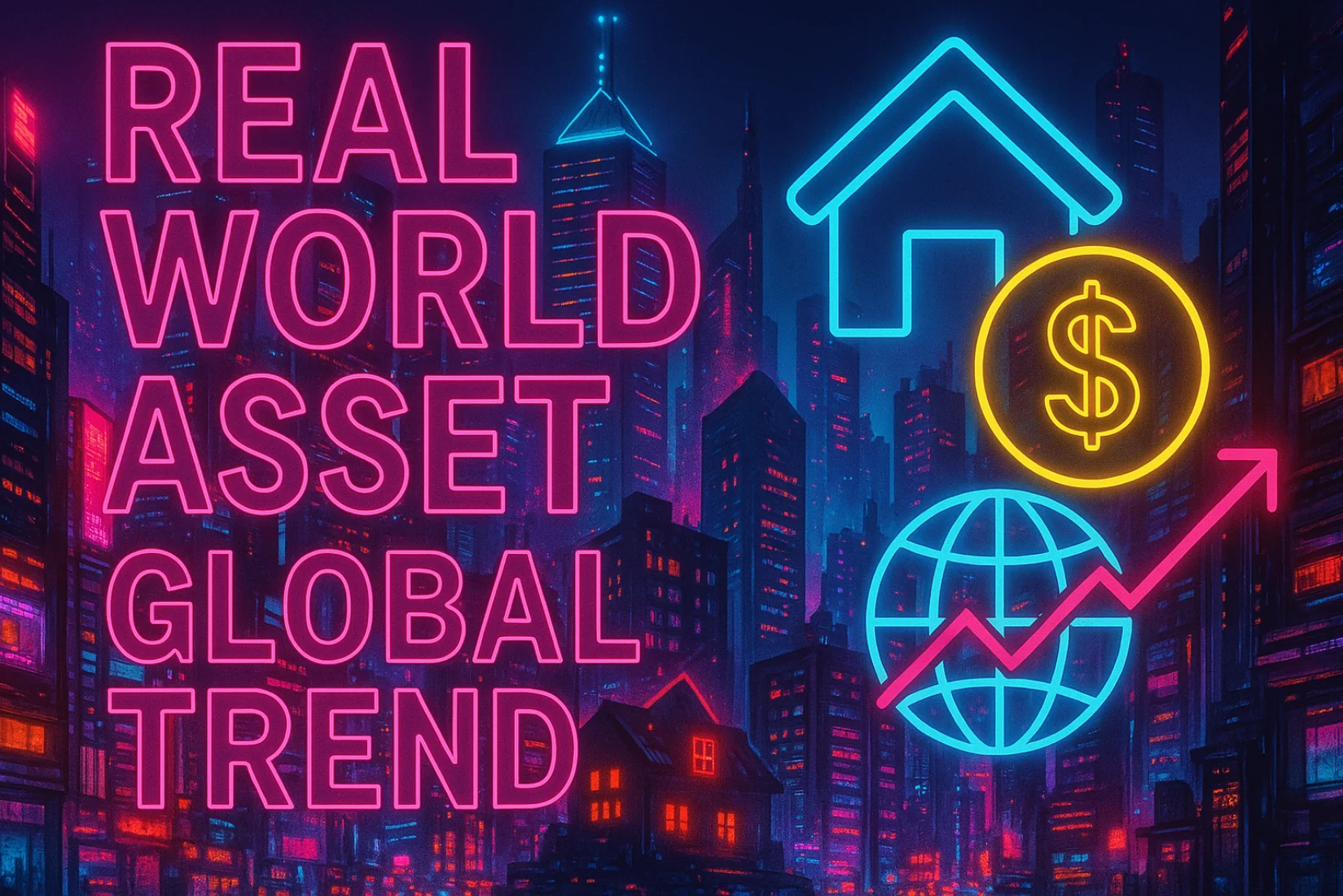Why Countries Are Betting Big on RWA: A Technical Look at the Global Trend
Let’s be honest—when Real-World Asset (RWA) tokenization first hit the scene, many brushed it off as crypto hype. But the narrative has changed. Governments aren’t just watching from the sidelines anymore—they’re laying down infrastructure, spinning up protocols, and testing chain-based finance in live environments. This isn’t just a policy game. It’s a tech race. And the winners are the ones who get the architecture right. Let’s unpack the technical side of the RWA global trend—and see what nations are really building.
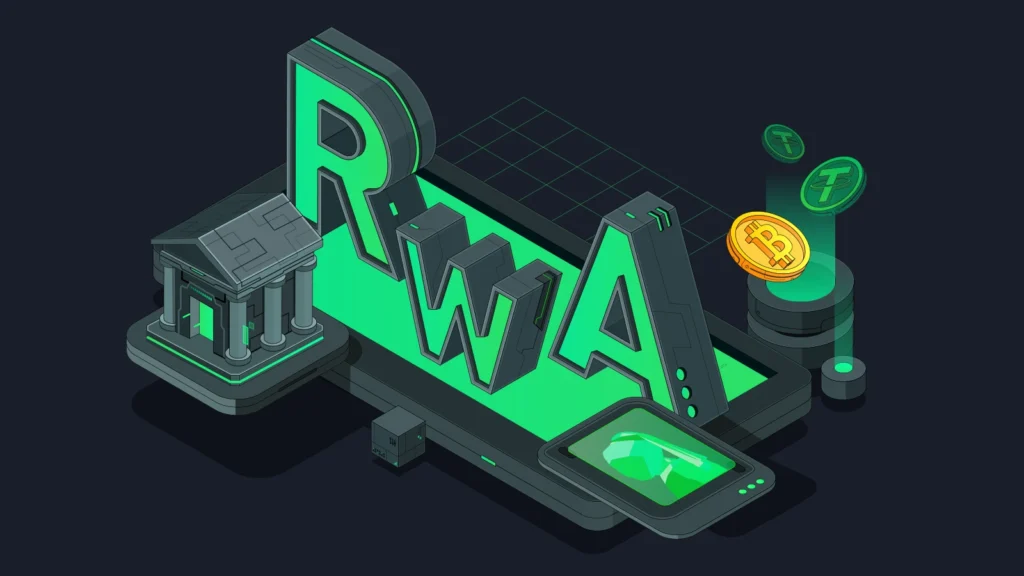
Singapore: Tokenization Meets Institutional Infrastructure in RWA Global Trend
Singapore’s Monetary Authority (MAS) has emerged as a technical trailblazer with Project Guardian—a live, multi-institution sandbox testing real-world asset tokenization.
- Protocol Layer: Pilots have used permissioned Ethereum forks and smart contract stacks built with DAML and Solidity
- Use Cases in Flight: Tokenized bonds, funds, and structured products deployed on interoperable chains
- Notable Tech Players: JPMorgan’s Onyx platform for intraday repo trades; DBS’s digital exchange platform
MAS isn’t just experimenting—it’s orchestrating a production-grade ecosystem. That includes token standards, digital identity integration, and cross-border data-sharing protocols.
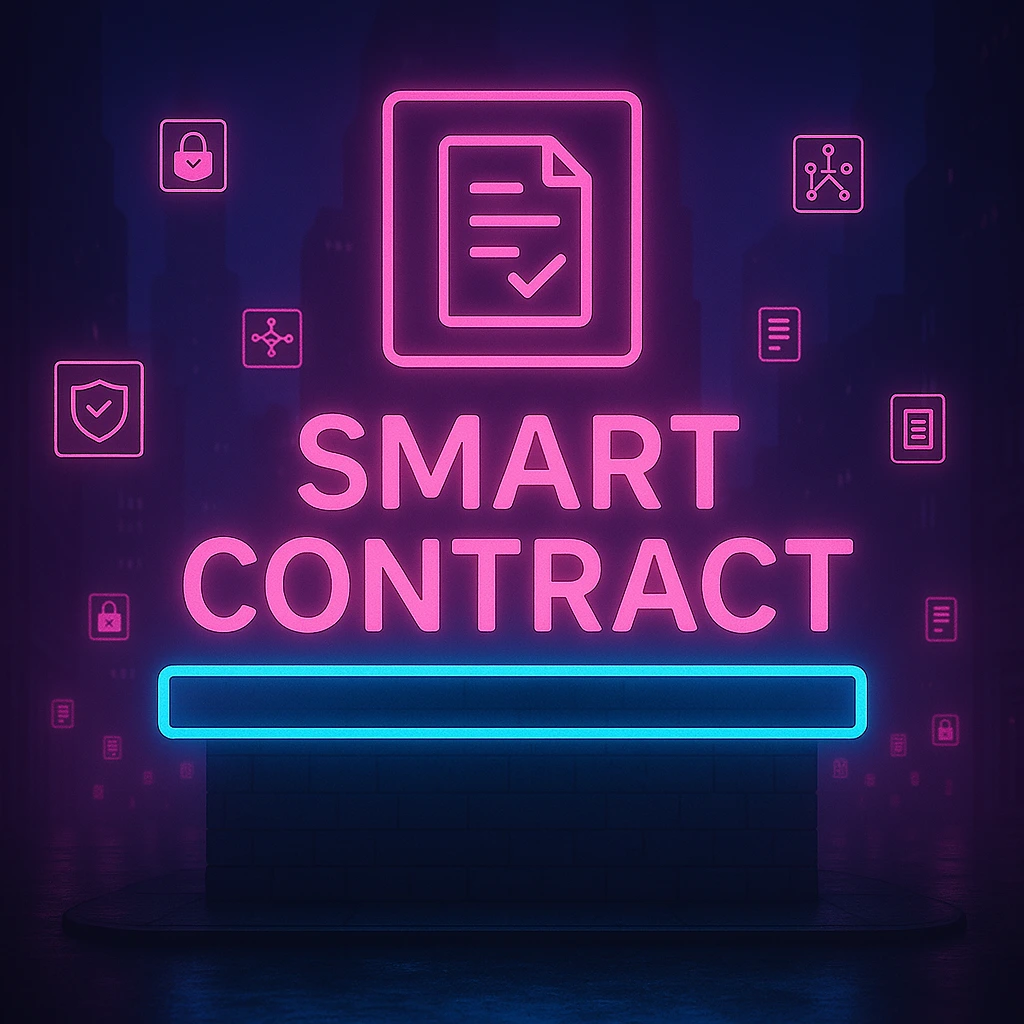
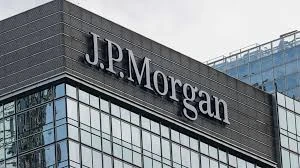
UAE: Building the On-Chain Backbone for Commodities and Real Estate in RWA Global Trend
The UAE is building its tokenized finance framework with speed and scale in mind.
- Chain Focus: Projects are deploying on both public and private Ethereum-compatible chains, with exploration into layer 2 scaling solutions
- Token Standards: ERC-1400 and ERC-3643 (for securities) are emerging favorites
- Smart Contract Use: Custom contracts for real estate ownership splits, fractional commodity trading, and investor compliance
Under the hood, UAE regulators are mandating on-chain KYC/AML logic, integration with digital identity providers, and compatibility with custody tech—paving the way for regulated DeFi-like ecosystems.
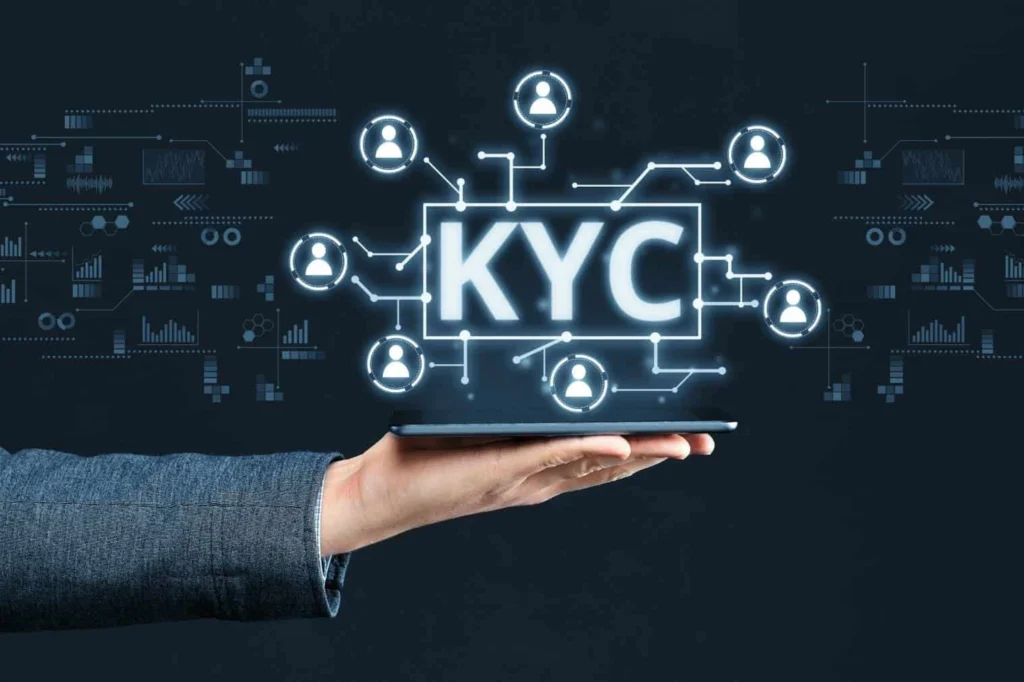
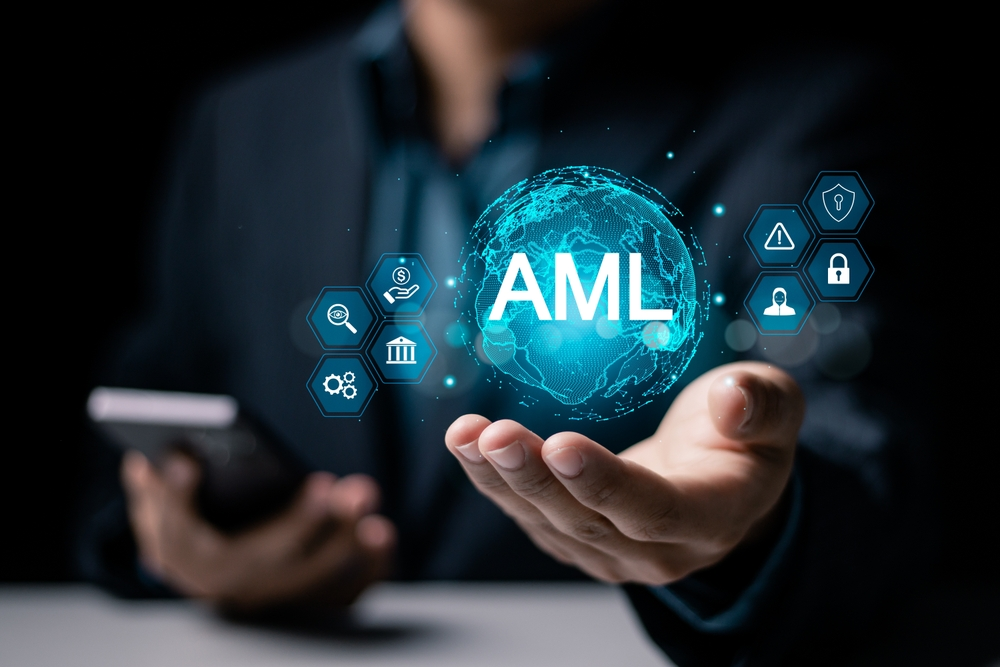
Switzerland: Compliance-First Token Engineering
Switzerland may have a traditional finance rep, but its tokenization architecture is anything but old-school.
- Core Infrastructure: Swiss projects use both Ethereum and Tezos, leveraging privacy-preserving zk-proofs and formal verification for high-value instruments
- Legal-Technical Alignment: FINMA allows fully digital share registers and securities that are legally binding when recorded on blockchain
- Modular Smart Contracts: Common components include whitelisting modules, real-time transfer controls, and secondary market hooks
Switzerland’s technical strategy focuses on composability and compliance automation—turning legal requirements into reusable contract logic.


Hong Kong: Bridging Traditional Finance and Blockchain Rails
Hong Kong is late to the party, but it’s moving fast—and leveraging tech lessons learned elsewhere.
- Institutional Projects: HSBC and HKMA are exploring tokenized green bonds on Hyperledger Besu and Quorum networks
- Chain Interoperability: Early tests with Cosmos SDK and Polkadot parachains aim to connect Hong Kong-issued tokens with international platforms
- Compliance Layer: The Securities and Futures Commission (SFC) is encouraging standardized APIs for transaction monitoring and smart contract auditability
With a focus on ESG compliance and institutional-grade rails, Hong Kong is crafting a bridge between regulated TradFi and programmable digital assets.
Under the Hood: What Powers the RWA Trend?
So what tech is actually driving this movement?
- Smart Contracts: Automating ownership transfers, compliance checks, and investor onboarding
- Token Standards: ERC-1400 (security tokens), ERC-3643 (regulated transfers), and enterprise-specific implementations
- Interoperability Protocols: Polkadot, Cosmos, Chainlink CCIP, and LayerZero helping RWAs move across blockchains
- Digital Identity: On-chain KYC with DID (Decentralized Identifiers) and verifiable credentials
- Custody Integration: MPC (multi-party computation) wallets and hardware-secured custody solutions for institutions
Put simply: RWAs are not just “putting assets on chain”—they’re redesigning how financial infrastructure operates from the ground up.
Challenges Ahead: Scalability, Privacy, and Standards
Despite momentum, technical bottlenecks remain:
- Scalability: High throughput is needed for tokenizing trillions in bonds and real estate
- Privacy: Institutions demand confidentiality—enter zk-SNARKs, homomorphic encryption, and private L2s
- Standardization: Without global agreement on token formats and metadata schemas, cross-border token mobility remains a pipe dream
- Legacy Integration: Connecting blockchain-native tokens with legacy payment and registry systems is still clunky
In short: The tech is here, but enterprise-grade adoption depends on making it secure, scalable, and compliant.
Final Thoughts: Infrastructure First, Innovation Second
Tokenizing real-world assets isn’t just about blockchain—it’s about building financial infrastructure fit for the 21st century. Nations leading this charge are the ones aligning regulatory clarity with technical maturity.
Singapore and the UAE are showing how smart contract infrastructure can live alongside financial regulation. Switzerland brings legal integrity to chain-based finance. And Hong Kong? It’s catching up by building the rails that connect the two worlds.
As we move from pilot projects to production systems, one thing’s clear: the RWA trend is a tech stack as much as it is a policy shift.
If you’re an engineer, founder, or investor—watch the back end. That’s where the next wave of innovation (and value creation) is being coded.
Relevant Link : Why Countries Are Betting Big on RWA: A Legal and Regulatory Deep Dive

